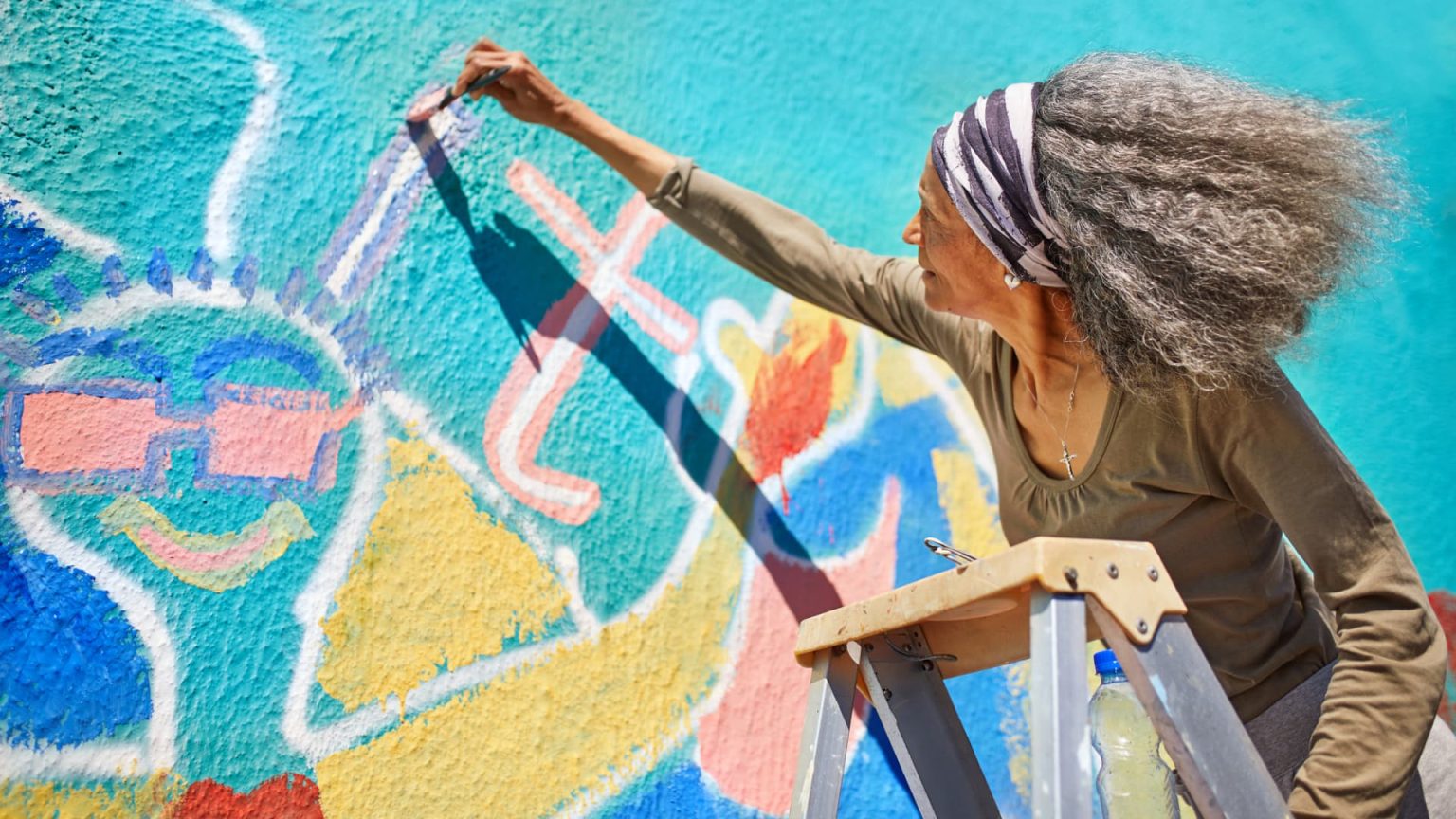Think about a time you were completely immersed in what you were doing, from singing your heart out to a song you love to reading a book so good you didn’t realize the sun went down.
Gravitating towards the activities that spark this state of “flow” can lead you to your “ikigai,” which is “the happiness of always being busy,” say Héctor García and Francesc Miralles, authors of Ikigai: The Japanese Secret to a Long and Happy Life.
Many of the world’s longest-lived people find their ikigai and prioritize it nearly every day of their lives.
A great example of someone who flows in their ikigai is Hayao Miyazaki, 82, director of animated films at Studio Ghibli in Japan. Miyazaki showed up to work the day after he retired to sketch new animations, and has worked on several films since.
“There is no magic recipe for finding happiness, for living according to your ikigai,” wrote García and Miralles. “But one key ingredient is the ability to reach this state of flow and, through this state, to have an ‘optimal experience.'”
Having the best experience possible while concentrating on your ikigai boils down to “increasing the time we spend on activities that bring us to this state of flow, rather than allowing ourselves to get caught up in activities that give us immediate pleasure,” like sitting in front of the TV for hours while eating unhealthy foods, they added.
Thankfully, there’s a framework that you can follow to achieve a state of flow.
The 7 conditions for achieving flow
Mihaly Csikszentmihalyi, a psychologist, was intrigued by the idea of being completely engaged in what we’re doing, so he created a term to describe it: “flow.”
In 2013, Owen Schaffer, who was a researcher at DePaul University, delved deeper into this concept and suggested that there were seven conditions for achieving flow:
- Knowing what to do
- Knowing how to do it
- Knowing how well you’re doing
- Knowing where to go (where navigation is involved)
- Perceiving significant challenges
- Perceiving significant skills
- Being free from distractions
Being in a state of flow can increase your focus, free you of worries temporarily and allow you to be more present, García and Miralles wrote.
“The happiest people are not the ones who achieve the most. They are the one who spend more time than others in a state of flow,” they add.
“Flow is mysterious. It is like a muscle: the more you train it, the more you will flow, and the closer you will be to your ikigai.”
DON’T MISS: Want to be smarter and more successful with your money, work & life? Sign up for our new newsletter!
Get CNBC’s free Warren Buffett Guide to Investing, which distills the billionaire’s No. 1 best piece of advice for regular investors, do’s and don’ts, and three key investing principles into a clear and simple guidebook.
Read the full article here





